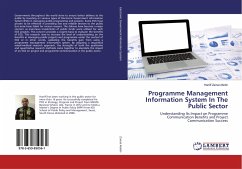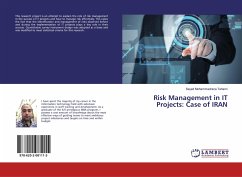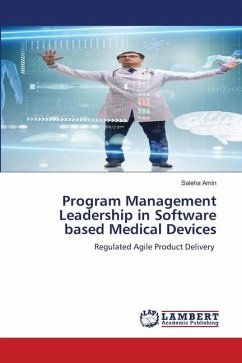Governments throughout the world strive to ensure better delivery to the public by investing on various types of Electronic Government Information System (EGS) in managing public programmes and projects. Some EGS have proven to be effective in providing fast and reliable services to the public but some have failed for various reasons. The failures have become a major concern as enormous investments of public funds were utilised for such EGS projects. This concern provides a cogent basis to evaluate the benefits of EGS. This research aims to increase the level of understanding on the benefits in managing public projects and programme under the context of EGS or in other words, validating the benefits gain from using a programme management information system. By adapting a sequential mixed-method research approach, the strengths of both the qualitative and quantitative research methods come together to elucidate the impact of an EGS on project and programme communication in the public sector.
Bitte wählen Sie Ihr Anliegen aus.
Rechnungen
Retourenschein anfordern
Bestellstatus
Storno








